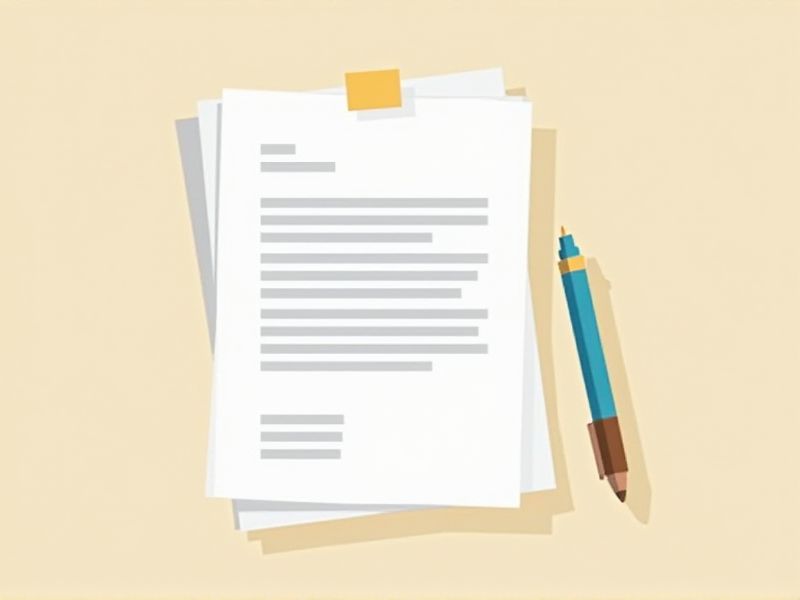
When creating a letter in Google Docs, it's important to follow a clear and professional format to ensure your message is well-received. Start with your contact information at the top, followed by the date and the recipient's details. Use a formal greeting, such as Dear [Name], to address the reader respectfully. The body of the letter should be concise and organized into clear paragraphs to convey your message effectively. For your convenience, check out the various letter templates available in this article to find the perfect format for your needs.
Samples of letter format for docs
Professional Letter Format For Documents
Business Letter Format For Official Use
Formal Letter Format For Applications
Personal Letter Format For Correspondence
Academic Letter Format For Institutions
Invitation Letter Format For Events
Cover Letter Format For Job Applications
Resignation Letter Format For Employment
Complaint Letter Format For Customer Service
Thank You Letter Format For Appreciation
Recommendation Letter Format For Referrals
Acceptance Letter Format For Offers
Inquiry Letter Format For Information
Notice Letter Format For Notifications
Reference Letter Format For Endorsements
Proposal Letter Format For Projects
Letter Of Intent Format For Agreements
Letterhead Format For Official Communication
Meeting Request Letter Format For Appointments
Introduction Letter Format For Networking
Important Things to Know when Writing Letter Format For Docs
Proper Heading And Sender'S Address Placement
In a formal letter format, the sender's address is typically placed at the top of the document, aligned to the left or right, depending on your preference. Below the sender's address, include the date to indicate when the letter was written, which adds a crucial temporal context. Following this, the recipient's address should be positioned a few lines down, ensuring clear separation from the sender's details. A well-structured heading sets the tone for your letter, making it clear and professional, which is essential for effective communication.
Clear Date Formatting
Clear date formatting is essential for ensuring that your correspondence is easily understood and professional. It is advisable to write the date in a standard format, such as "October 3, 2023" or "03/10/2023," depending on your audience's regional preferences. Avoid ambiguous formats that could lead to confusion, especially in international communications where date conventions differ. By maintaining clarity in your date presentation, you enhance the credibility and organization of your documents.
Appropriate Salutation And Recipient'S Name
Using an appropriate salutation is essential in letter writing, as it sets the tone for your message. Start with "Dear" followed by the recipient's name and title, if applicable, to convey respect and professionalism. Ensure you spell the recipient's name correctly, as errors can undermine the credibility of your communication. This thoughtful attention to detail demonstrates your commitment to clarity and respect in your correspondence.
Structured Body Paragraphs With Concise Content
An effective letter format includes structured body paragraphs that convey information clearly and concisely. Each paragraph should focus on a single idea or topic, presenting your message in a logical order that enhances readability. Keeping your language straightforward and avoiding overly complex sentences ensures that your points are easily understood. This approach not only helps you maintain clarity but also engages your reader, making your communication more effective.
Formal Closing And Signature Block
In a formal letter, the closing serves as a polite conclusion that reinforces your professional tone. Common closings include "Sincerely," "Best regards," or "Yours faithfully," followed by a comma, setting the stage for your signature block. Your signature block should contain your name, title, and contact information, ensuring the recipient knows how to reach you. Pay careful attention to alignment and spacing, as a well-organized format enhances the overall presentation and credibility of your communication.
